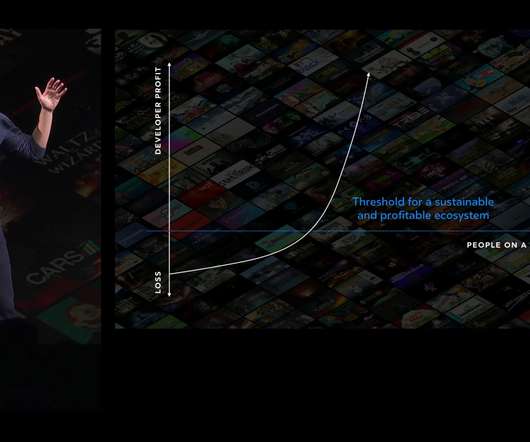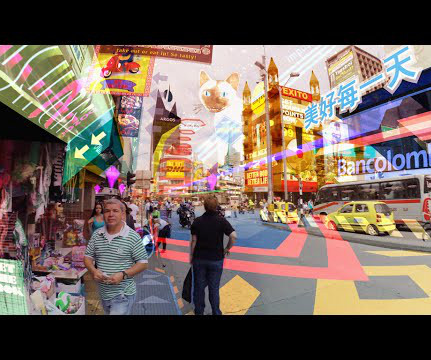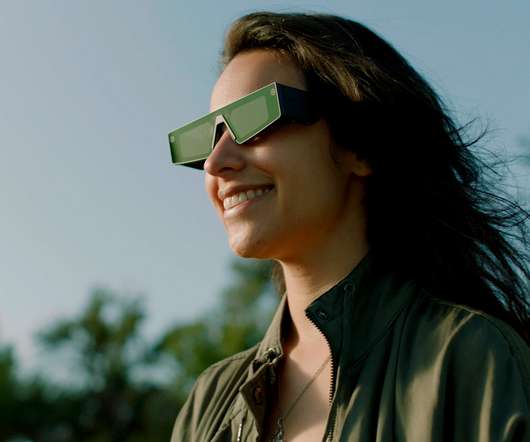2019 AR Funding Exceeds $1.3 Billion
AR Insider
DECEMBER 9, 2019
Data Point of the Week is AR Insider’s dive into the latest spatial computing figures. It includes data points, along with narrative insights and takeaways. For an indexed collection of data and reports, subscribe to ARtillery Pro. This is a common data point measured by investment banks, research firms and VCs.




















Let's personalize your content